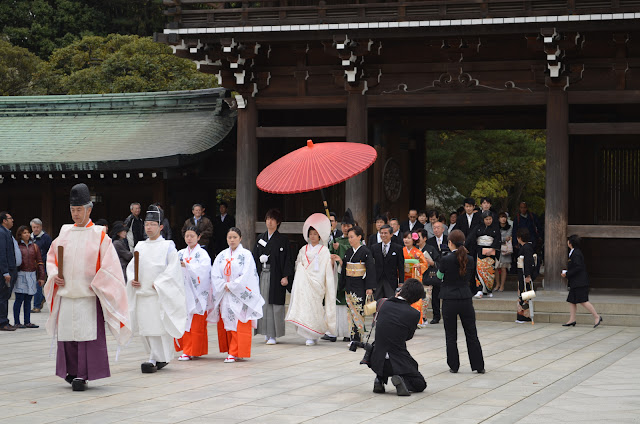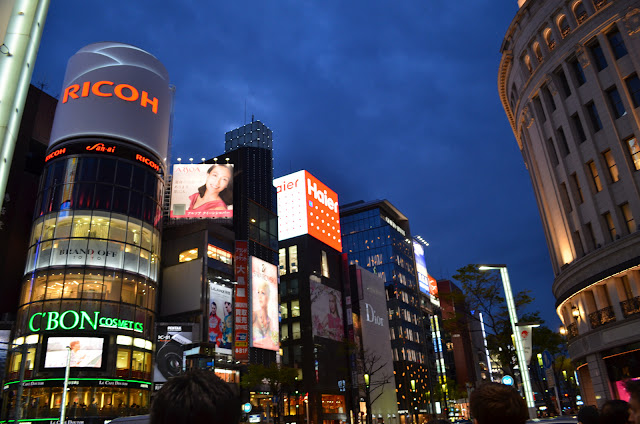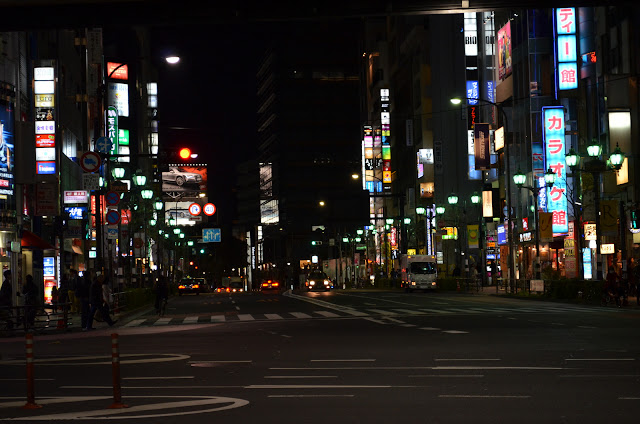I had set my expectations low when I registered for Pawan Kumar's film workshop. It was primarily because of the disappointments I had after attending couple of workshops earlier. But few minutes into Pawan's workshop and my perceptions about these workshops were going to change. Pawan calls his workshop - How to make films in Poverty when Rich with Ideas. I realized why it is named so at the end of the workshop.
Why should I make films? : The workshop begins with looking answers for this question. But if you get more deeper, you would like to ask yourself - why would you narrate any incident? Is it because it is unique or is it because it is emotional or funny? Don't we get to see glimpses of our personal experiences in a story which can be fictional or factual? Discussions begin on these lines.
How a film is made? : A personal disturbance gives rise to an idea which transforms itself into a story. Story takes form of a script and then, screenplay. It is amazing seeing this metamorphosis of a simple idea. Pawan presents this surprising process in a commendable way. While doing so, Pawan engages the participants of the workshop in discussions as well as helps in transforming their ideas into a script.
 |
| Pawan Kumar with participants of the film workshop |
Objectivity : One question which comes to mind while attending any creative workshop is how do you judge the quality of a creative work? Pawan resolves this problem elegantly. He has a set of questions through which participants can check the viability of their idea. If one gets satisfactory answers to these questions, then you have passed the preliminary test. I felt these questions can be used to judge the quality of any creative form which narrates a story. For example, a good documentary will also contain twists just like a good feature film. One more thing to worry in these workshops is - due to different perceptions about a creative work discussions may deviate from the main agenda. Although there were occasions where there could have been such deviations, Pawan kept guard against these by closely monitoring the talks. Usually organizers also try to push their thinking but there were no such issues in this workshop. Then, if you look at the way Pawan explain a scene, he brings live examples like the scenes from his earlier short movies or from the films he has worked on.
Shooting a scene : I was very impressed by the way Pawan explained the shooting of a scene. One can go to any lengths talking about this topic. But Pawan knows the current capabilities of the participants. So, accordingly he teaches the essential things of shooting. We came to know about the technical and logical aspects. This technique was so powerful that we felt whether so much preparation and hard work is required for a scene which lasts few seconds. But we soon realized that it is very much needed to make a good short movie. In the end, when we finished the shooting, we felt satisfied realizing that we had done a decent job in our first attempt.
Inspiring : I believe that one important thing a dedicated student expects from his teacher is inspiration. Once he gets the backing, there is no limit for possibilities. In this regard, I felt the workshop was quiet relevant. Pawan in his talk, quotes great directors and movies from world cinema. He explains why some films are considered best. I think this should be enough for a guy with an open mind to get inspired. Along with this, Pawan remembers his struggle in the film industry in the last decade. For those who day dream about making it big in films, this should serve as an eye opener. One also does not repent for not getting into films after seeing how things work here. They try to introspect and conclude whether they fit the bill or not. Pawan also stresses this point. That reminds me of Kannada writer Shivarama Karanth's autobiography 'Huchchu Manassina Hattu Mukhagalu'. Karanth tried his hand in several forms of art and literature. He says he tried so because he wanted to know what are the fields he can excel. He also had the same confusions which the youth of today have.
After effects : The night after the 2-day workshop was over, I was watching TV. The workshop had changed the way I look at movies. That night Star Movies was telecasting The Social Network. It had won an Oscar for best film editing. I started thinking why it had won the coveted prize. I started analyzing serials, short movies and even ads! It will not be the same next time I watch a movie in the theater. I have now started feeling that I know bit more! Thanks Pawan for that realization!
Miscellaneous : Pawan had written in his e-mail before the workshop saying the first day of the workshop would be full of theory. But it did not get me bored! Also, he had told that we will be shooting the next day. I was apprehensive about this thinking whether we will be capable of shooting by that time. To my surprise, we were ready for shooting with all the gear next morning! Kudos to Pawan Kumar for making us realize our potentials.
If you are interested, the next workshop is going to be held on October 27 and 28, 2012. Please click here to register. All the best.








































